Unleashing Efficiency: Tesla Toolbox Diagnostics Mastery

Tesla Toolbox Diagnostics is a cutting-edge toolset for repairing advanced electric cars like Teslas…….
Welcome to an in-depth exploration of a groundbreaking aspect of the automotive industry—Tesla toolbox diagnostics. This article aims to demystify the complex world of electric vehicle (EV) maintenance and troubleshooting, specifically focusing on Tesla’s innovative approach. In recent years, as the global shift towards sustainable transportation has accelerated, understanding EV diagnostics has become increasingly vital for both manufacturers and owners. We will navigate through various facets of this topic, offering a comprehensive guide that promises to equip readers with valuable insights.
Definition: Tesla toolbox diagnostics refers to the suite of tools, technologies, and methods employed by Tesla to diagnose and address issues within its electric vehicles. It encompasses hardware, software, and expertise designed to provide efficient and precise troubleshooting for a wide range of vehicle systems.
At its core, this diagnostics process involves:
Onboard Systems: Tesla cars are equipped with advanced computer systems that continuously monitor various components, from the motor and battery to the infotainment and safety modules. These onboard diagnostic units (ODUs) collect data and flags potential issues.
Data Collection: The system captures vast amounts of data, including real-time performance metrics, sensor readings, and vehicle usage patterns. This data is stored locally and can also be accessed remotely through secure connections.
Troubleshooting Algorithms: Tesla employs sophisticated algorithms and machine learning models to analyze collected data. These tools identify anomalies and potential faults, guiding the diagnostic process.
Remote Access: One of the most distinctive features is the ability to access and control vehicles remotely. Certified technicians can connect to a car’s system, retrieve diagnostics, and even perform some repairs without being physically present.
Historical Context: Tesla’s approach to diagnostics has evolved alongside its vehicle technology. Early models relied on traditional methods, but with the increasing complexity of EV systems, a more comprehensive solution was required. The company’s focus on over-the-air (OTA) updates and remote connectivity gave birth to the modern Tesla toolbox diagnostics system, which is now considered industry-leading.
Tesla’s toolbox diagnostics has left a significant global footprint, influencing the way electric vehicles are serviced and maintained worldwide. Here’s how:
Standardization: Tesla’s system has contributed to the standardization of EV diagnostics protocols, encouraging other manufacturers to adopt similar remote access and data-driven approaches.
International Adoption: Many countries with growing EV markets, such as China, Europe, and parts of North America, have embraced Tesla’s diagnostic methods. Local regulators often reference Tesla’s practices when establishing new standards.
Regional Variations: While there are global trends, regional differences exist due to varying legal frameworks and consumer preferences. For instance, the European Union has stringent data privacy regulations that influence how vehicle diagnostics data is handled.
Industry Collaboration: Tesla actively collaborates with industry peers and research institutions, sharing insights and technologies. This cooperation accelerates the development of global EV diagnostic standards.
The economic implications of Tesla toolbox diagnostics are multifaceted, impacting both the automotive sector and the broader economy.
Market Dynamics: The rise of EV diagnostics as a distinct service has created new market opportunities. It encourages specialized training for technicians and fosters the growth of independent repair shops equipped to handle advanced diagnostics.
Investment Patterns: Tesla’s investment in its diagnostic system has been strategic, ensuring it maintains a competitive edge. This includes research into more efficient battery management systems and software upgrades that enhance vehicle longevity.
Cost Savings: For owners, remote diagnostics can reduce service costs as many issues can be addressed without the need for physical visits. This benefit is particularly appealing to fleet operators who manage large numbers of vehicles.
Economic Growth: The global EV market’s growth drives demand for advanced diagnostic tools and services, contributing to economic expansion in sectors related to automotive technology and software development.
Tesla has consistently pushed technological boundaries with its diagnostics system, leading to several groundbreaking innovations:
Battery Management: Advanced battery diagnostics is a key strength. Tesla’s system can predict battery degradation, optimize charging, and identify potential issues early on, ensuring longer battery life.
Over-the-Air Updates: Remote software updates are a game-changer. Tesla can release new features and fix bugs without requiring in-person visits, enhancing the owner experience. This technology also enables faster adoption of safety and efficiency improvements.
Predictive Analytics: Machine learning algorithms analyze vast datasets to predict potential failures before they occur. This proactive approach reduces downtime and improves overall vehicle reliability.
Enhanced Connectivity: The integration of 5G connectivity promises even faster data transfer rates, allowing for more complex diagnostic procedures to be performed remotely.
The rapid advancement of EV diagnostics has not gone unnoticed by regulators worldwide. Governments are now tasked with creating policies that balance innovation with consumer protection and data privacy. Here’s how regulations influence the landscape:
Data Privacy: With the collection and transmission of vast amounts of vehicle data, privacy becomes a top concern. Regulators like the EU’s GDPR ensure that owners have control over their data and set guidelines for its use by manufacturers.
Safety Standards: Diagnostics systems must meet safety standards to prevent potential vulnerabilities. Regular audits and compliance testing are essential to ensure the reliability of remote access capabilities.
Warranty and Consumer Rights: Policies regarding warranty coverage for diagnostic-related issues are evolving. Some regions now mandate that manufacturers provide warranties for software updates and diagnostic services.
International Cooperation: As EV technology spreads globally, international cooperation is crucial. Organizations like the International Organization for Standardization (ISO) facilitate the development of consistent standards to address these emerging challenges.
Despite its many advantages, Tesla toolbox diagnostics faces several challenges and criticisms:
Initial Setup Costs: Implementing advanced diagnostic systems in new vehicles can be expensive, impacting overall manufacturing costs. This may lead to higher vehicle prices for consumers.
Technological Reliance: The system’s success relies heavily on reliable connectivity and powerful computing infrastructure. Issues with network coverage or data transfer speeds can hinder remote diagnostics.
Privacy Concerns: While data privacy is essential, some critics argue that the vast amount of vehicle information collected could pose potential risks if not secured properly.
Proposed Solutions:
Tesla’s Autopilot system, a semi-autonomous driving feature, relies heavily on diagnostics for safe operation. The system continuously monitors sensor data, camera feeds, and vehicle performance. In the event of an issue, remote diagnostic capabilities allow Tesla engineers to quickly identify and fix problems, ensuring driver safety. This case highlights how advanced diagnostics contribute to the reliability and security of autonomous vehicles.
China, with its massive EV market, has implemented strict diagnostic standards based on Tesla’s practices. Local manufacturers are required to adhere to similar remote access protocols, ensuring consistent vehicle maintenance across the country. This case study demonstrates how Tesla’s diagnostics influence global industry standards.
A large ride-sharing company in North America utilized Tesla’s diagnostic tools to optimize its fleet maintenance. By remotely monitoring vehicles’ health, they could predict and schedule service appointments more efficiently. This approach reduced downtime for their electric fleet, improving overall operational efficiency.
The future of Tesla toolbox diagnostics is filled with promising possibilities:
Artificial Intelligence (AI): AI will play a pivotal role in enhancing diagnostic accuracy and predictive analytics. Advanced algorithms can learn from vast datasets to anticipate maintenance needs and identify complex issues more effectively.
Vehicle-to-Everything (V2X) Communication: The integration of V2X technology allows vehicles to communicate with each other and infrastructure, providing real-time data for diagnostics and safety.
Decentralized Diagnostics: As blockchain technology advances, decentralized diagnostic systems could offer enhanced security and data privacy for vehicle owners.
Global Standardization: With increasing industry collaboration, global EV diagnostic standards will become more uniform, fostering better interoperability and easier cross-border vehicle maintenance.
Tesla toolbox diagnostics represents a significant leap forward in electric vehicle maintenance and ownership. Its impact is felt globally, shaping the way we service and interact with electric cars. As technology continues to evolve, the diagnostic process will become even more sophisticated, ensuring that EVs remain reliable, safe, and environmentally friendly.
By addressing challenges, embracing new technologies, and collaborating internationally, the automotive industry can harness the full potential of diagnostics to drive sustainable transportation forward. This article has provided a comprehensive overview, but the journey is far from over. As the EV revolution continues, so too will the development of diagnostic tools, ensuring that owners and manufacturers alike reap the benefits of a more efficient, connected, and sustainable future.
Q: How do I know if my Tesla needs diagnostics?
A: Tesla vehicles are equipped with smart systems that alert you to potential issues through the touchscreen or your smartphone app. Regular health checks and remote diagnostics can help identify problems early.
Q: Can I access my vehicle’s diagnostic data myself?
A: Yes, Tesla owners have access to basic diagnostic tools through the vehicle’s touchscreen or mobile app. For advanced remote access, you’ll need a certified Tesla service center or technician.
Q: Are there any safety risks associated with remote diagnostics?
A: When performed by authorized personnel using secure connections, remote diagnostics are safe. Tesla employs encryption and robust security measures to protect owner data.
Q: How does Tesla ensure the accuracy of its diagnostic tools?
A: Tesla’s diagnostic system undergoes rigorous testing and validation. Machine learning models are trained on vast datasets to ensure accurate predictions and recommendations. Regular software updates also improve system performance.
Q: Can I use third-party tools for Tesla diagnostics?
A: While some DIY enthusiasts may attempt to use third-party tools, Tesla recommends using official diagnostic equipment and software to ensure compatibility and accuracy. Unauthorized tools may void warranties or compromise vehicle security.

Tesla Toolbox Diagnostics is a cutting-edge toolset for repairing advanced electric cars like Teslas…….

Tesla Toolbox Diagnostics is a powerful tool for Tesla owners and repair specialists, offering advan…….

The Tesla Toolbox is a software suite providing an all-in-one solution for Tesla owners to manage an…….
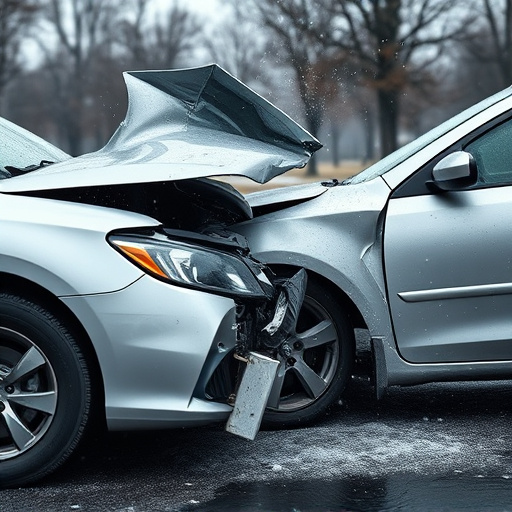
Tesla Toolbox Diagnostics is a comprehensive tool for vehicle maintenance and repair, offering real-…….

Tesla Toolbox Diagnostics transforms Mercedes Benz repairs with advanced features beyond traditional…….
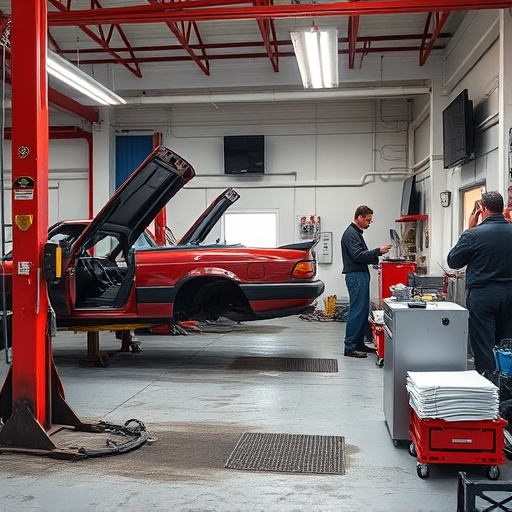
Tesla Toolbox Diagnostics is a comprehensive toolset for Tesla owners and professionals to monitor a…….
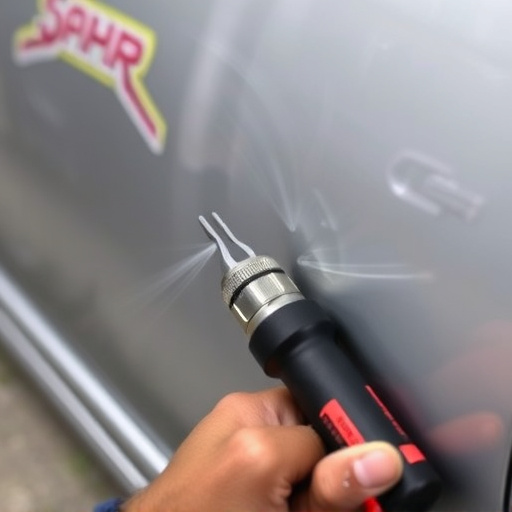
Tesla Toolbox Diagnostics is a software solution integrating seamlessly with Controller Area Network…….
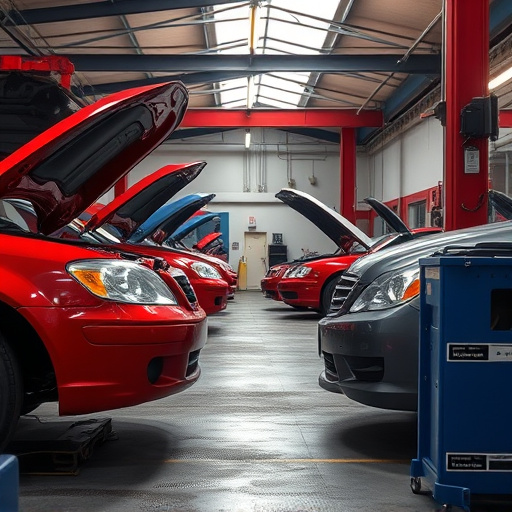
Tesla Toolbox Diagnostics is a cutting-edge system transforming car repairs, offering efficient diag…….
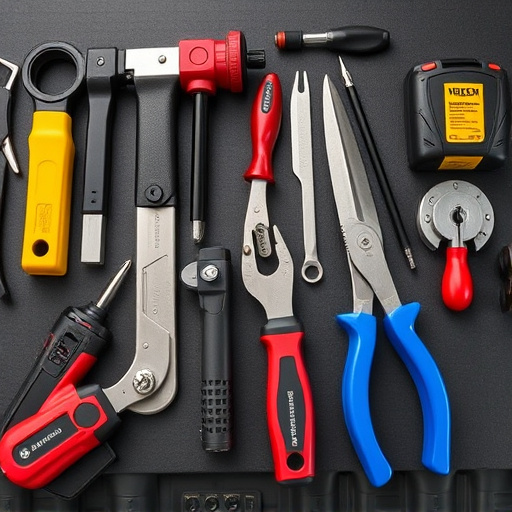
Tesla Toolbox Diagnostics offers a suite of tools for efficient Tesla vehicle maintenance. It provid…….

Tesla Toolbox Diagnostics provides EV owners with a suite of tools for inspections and repairs, incl…….